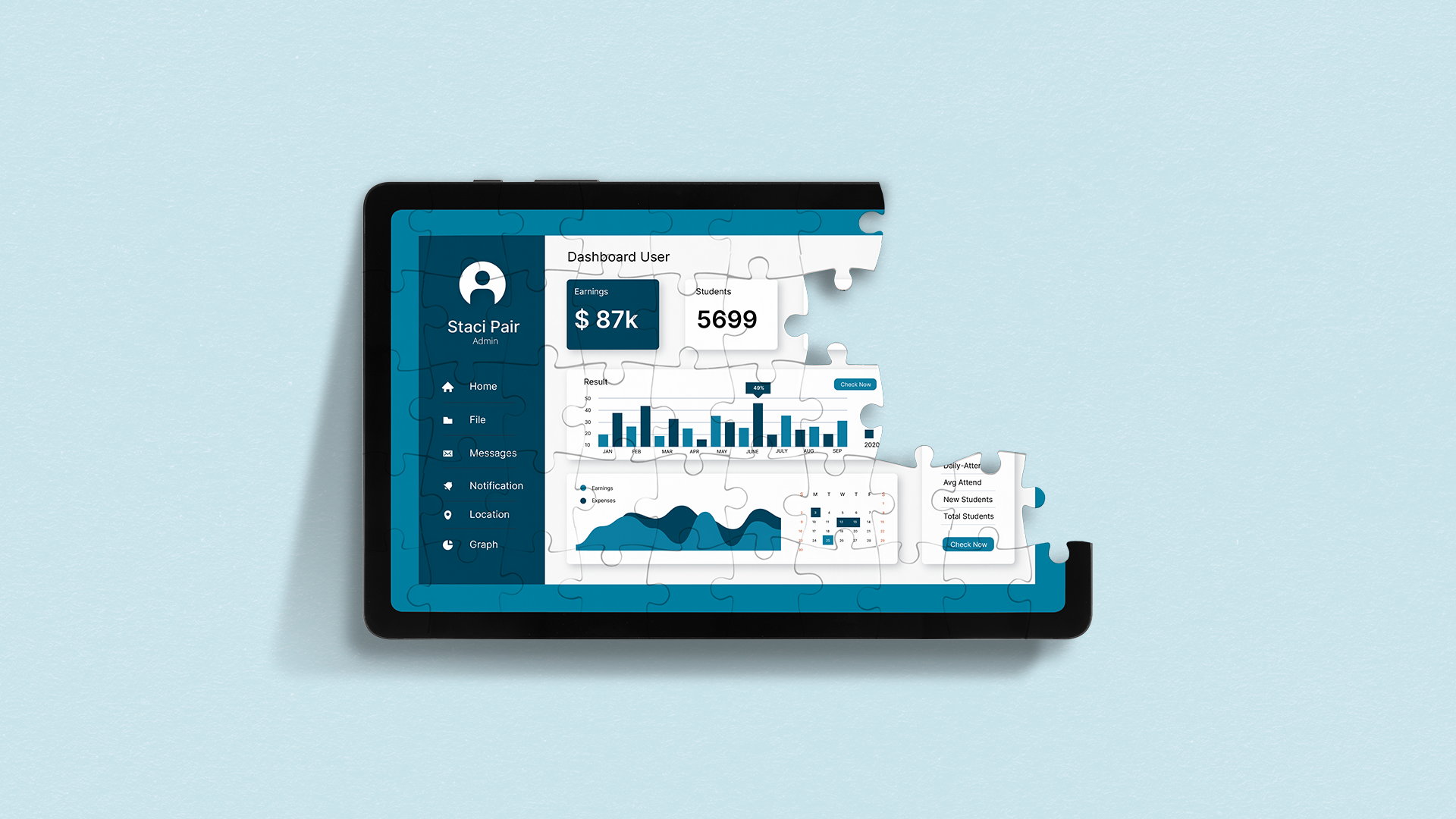By 2031,72% of jobs in the U.S. will require some form of postsecondary education or training, according to a recent Georgetown University report. Nearly 29% will call for associate degrees, industry certifications, or other non-degree credentials.
This shift underscores a growing opportunity: to better align non-degree programs with evolving workforce demands—and to do so in ways that are responsive to regional economies.
Progress in Aligning Non-Degree Credentials with Workforce Needs
There are signs of progress. According to UPCEA’s State of Continuing Education 2025, continuing education and professional studies units are increasingly connecting education with employment:
“The percentage of online and Professional Continuing Education (PCE) units offering corporate training, industry credential preparation, and workforce-aligned programming has increased year-over-year.”
Higher education is becoming more agile and employer-facing, with many institutions piloting short-form, career-relevant offerings. Sustaining this momentum will require deeper collaboration—especially in regions where industry engagement and training access remain inconsistent.
Why Regional Alignment Is Key to Closing the Skills Gap
National labor data identifies broad trends, but regional differences determine how the skills gap manifests—and how educators can respond.
National Workforce Trends Driving Demand for Non-Degree Credentials
- Rising demand for middle-skill credentials in healthcare, tech, advanced manufacturing, and skilled trades
- Ongoing technology-driven disruption, creating the need for continuous upskilling
- Aging workforce and shifting demographics, reducing the pool of experienced workers
- Increasing interest in short-term, career-aligned education pathways
Regional Factors Impacting Non-Degree Program Effectiveness
- Access to local training providers and infrastructure varies significantly
- Economic structure (e.g., agriculture vs. logistics vs. IT) influences skill demand
- Workforce demographics and mobility shape program design and delivery
- Policy, funding, and employer engagement differ from region to region
Addressing the skills gap effectively means recognizing and responding to these regional dynamics.
Meeting the Moment: Overcoming Barriers to Workforce-Aligned Credential Programs
While challenges persist, many institutions are meeting them with practical, local strategies. Below are the most common barriers—and examples of how educators are addressing them through regional collaboration.
Strengthening Employer Partnerships for Regional Workforce Development
Strong employer-educator collaboration is central to workforce-aligned education—but institutions and employers often perceive that relationship differently. For example, 98% of community colleges say it’s “very important” to partner with employers to build a work-ready workforce, while only 59% of employers feel the same.
This gap also extends to views on what collaboration should look like:
| Collaboration Priority | % of Employers (Extremely Important) | % of Community Colleges (Extremely Important) |
|---|---|---|
| Align training with industry needs | 44% | 83% |
| Build relationships that lead to hiring | 39% | 78% |
| Use labor data for decision-making | 38% | 64% |
(Source: American Association of Community Colleges & Harvard Business School, 2020–2021)
To close these perception gaps, institutions are moving beyond transactional engagement and toward co-creation and shared accountability. Across the country, colleges and workforce partners are implementing strategies such as:
- Co-Creating Programs: Partnering with employers, workforce boards, and trade associations to design curriculum that reflects real-time skill needs
- Pivot in Real-Time Based on Labor Data: Integrating regional job market analytics to inform programs and demonstrate impact
- Supporting Faculty Engagement: Providing incentives, training, or recognition for faculty who align coursework with industry standards
- Offering Modular, Stackable Credentials: Designing short, flexible programs that can be quickly updated as employer needs evolve
- Maintaining Employer Feedback Loops: Regular engagement with partners to ensure ongoing relevance and strengthen hiring pathways
By focusing on transparency, shared goals, and mutual value, these efforts are helping to build stronger pipelines between education and employment—tailored to regional needs.
Streamlining Credentialing and Program Design for Skill Recognition
As the non-degree landscape grows, so does the complexity. Learners and employers alike face challenges in navigating a wide array of credentials with varying levels of clarity, portability, and perceived value.
To address this, many institutions are working to improve how credentials are structured, communicated, and aligned with workforce expectations.
What’s Working Regionally:
- Aligning with Industry Standards: Mapping credentials to nationally or state-recognized frameworks for greater consistency and employer recognition
- Designing Stackable Pathways: Creating short-term credentials that build toward degrees or advanced training without duplicating effort
- Clarifying Outcomes: Using digital badges, plain-language skill descriptors, and career pathway visuals to help learners and employers understand what a credential represents
These changes are making it easier for learners to chart meaningful pathways—and for employers to confidently hire based on proven skills and outcomes.
Stabilizing Funding to Support Scalable Non-Degree Programs
Non-credit programs often face inconsistent funding, making it hard to scale or sustain innovations. But regional partnerships can help strengthen investment and planning.
What’s Working Regionally:
- Partnering with workforce boards and local employers for co-investment
- Leveraging federal and state workforce grants and incentives
- Collaborating with third-party providers for labor analysis and strategic support
Accelerating Response to Labor Market Shifts
The pace of change in many industries exceeds traditional program approval timelines. More flexible models are helping institutions keep up.
What’s Working Regionally:
- Using real-time labor market data to guide program creation and revision
- Piloting non-credit programs that can scale or stack as needs grow
- Engaging local employers or union members as instructors and advisors
Expanding Work-Based Learning to Bridge the Skills Gap
Internships, apprenticeships, and other forms of applied learning are essential for building job-ready skills—but are still underutilized in many regions.
What’s Working Regionally:
- Offering incentives or credit for internships in in-demand fields
- Coordinating employer networks to support shared talent pipelines
- Partnering with families and community groups to increase participation
Improving Data Systems for Non-Credit Program Accountability
Robust data infrastructure is essential for understanding program outcomes, refining offerings, and earning the trust of both learners and employers. Yet, many institutions lack the tools or capacity to track non-credit student progress, employment outcomes, or regional alignment.
What’s Working Regionally:
- Building cross-functional dashboards connecting enrollment, credentialing, and employment data
- Leveraging third-party tools for labor market analysis and regional benchmarking
- Embedding workforce metrics into institutional planning and funding strategy
Better data enables institutions to improve accountability and scale high-impact programs confidently.
Workforce Pell Expands Access—and Raises Expectations
The recent expansion of Workforce Pell Grants marks a significant shift in how students, policymakers, and institutions view non-degree education. For the first time, eligible learners can use federal financial aid to pursue short-term credential programs that lead directly to in-demand careers.
While this increases access, it also raises the bar. Institutions will face heightened scrutiny around program quality, relevance, and outcomes. To meet this moment, non-degree offerings must be data-informed, regionally aligned, and clearly connected to employment opportunities.
This shift is especially important at a time when many learners are questioning the time and cost of traditional degrees. With Workforce Pell now making it easier to earn a certification than a degree, institutions have a powerful incentive—and responsibility—to ensure short-term programs deliver real economic mobility.
When done right, these programs can create equitable, accelerated pathways to family-sustaining wages and regional economic resilience.
The Path Forward for Regional Workforce and Education Partnerships
Aligning non-degree education with workforce needs is no longer optional—it’s a strategic imperative. Fortunately, institutions have more tools, data, and opportunities than ever to build programs that are flexible, targeted, and regionally responsive.
The most successful models are grounded in:
- Active employer collaboration
- Real-time labor market insight
- Modular, stackable credentials
- Inclusive work-based learning opportunities
- Robust, transparent outcomes data
By designing programs that respond directly to regional labor needs, institutions not only support learners—they strengthen their communities and contribute to local economic development.
As the demand for faster, skills-based education continues to grow, the opportunity is clear: create pathways that work—for learners, for employers, and for regions. The next era of workforce development will belong to those who can connect all three.
Let’s Partner to Strengthen Regional Workforce Pathways
Partnering with an experienced collaborator like Noodle can accelerate your efforts to scale and align continuing education with evolving labor market needs.With the Noodle Learning Platform (NLP), you can leverage courses from across your university and partner networks to deliver curated, flexible learning pathways tailored to diverse learners and regional employers. Our AI-powered tools enhance personalized recommendations, helping learners find the most relevant credentials for their career goals.Designed to work alongside any LMS, NLP streamlines key operations—handling checkout, invoicing, refunds, discount codes, and financial management across all customers. It also supports affiliate channels that extend your reach into new industries and geographic markets, amplifying impact and opportunity.
Let’s Talk.


